The following guest post was written by Natalie Draisin, Director, North America Office & United Nations Representative, FIA Foundation
The US prides itself on being a global leader. Yet there’s one way we’d rather not be leading—in the number of people dying on our roads. Across all income levels, among the countries with the largest populations, we’re the only one where deaths reached these historic highs.
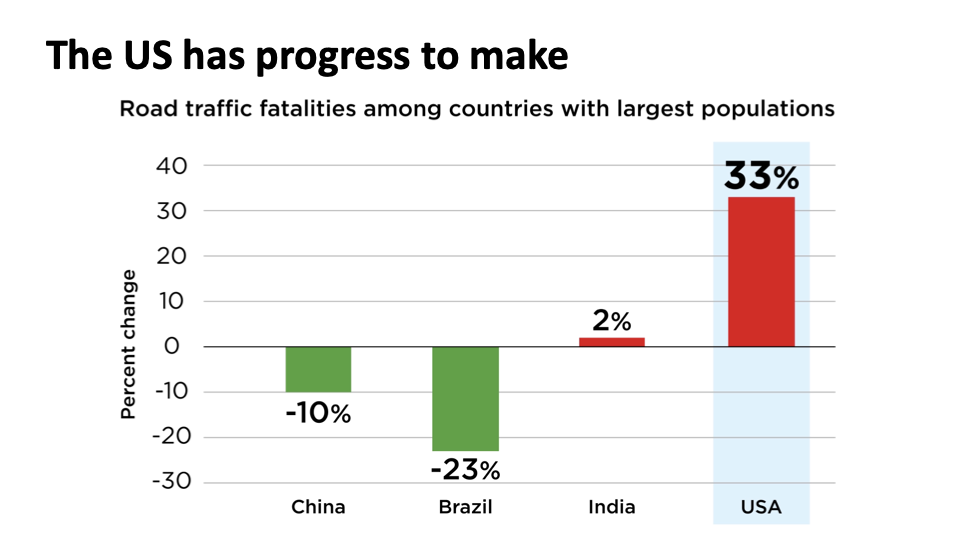
Compared to our high-income counterparts, our roads are still among the top five deadliest. Across all income levels, our roads are more fatal than some low- and middle-income countries, including Rwanda, Lebanon, and Serbia.
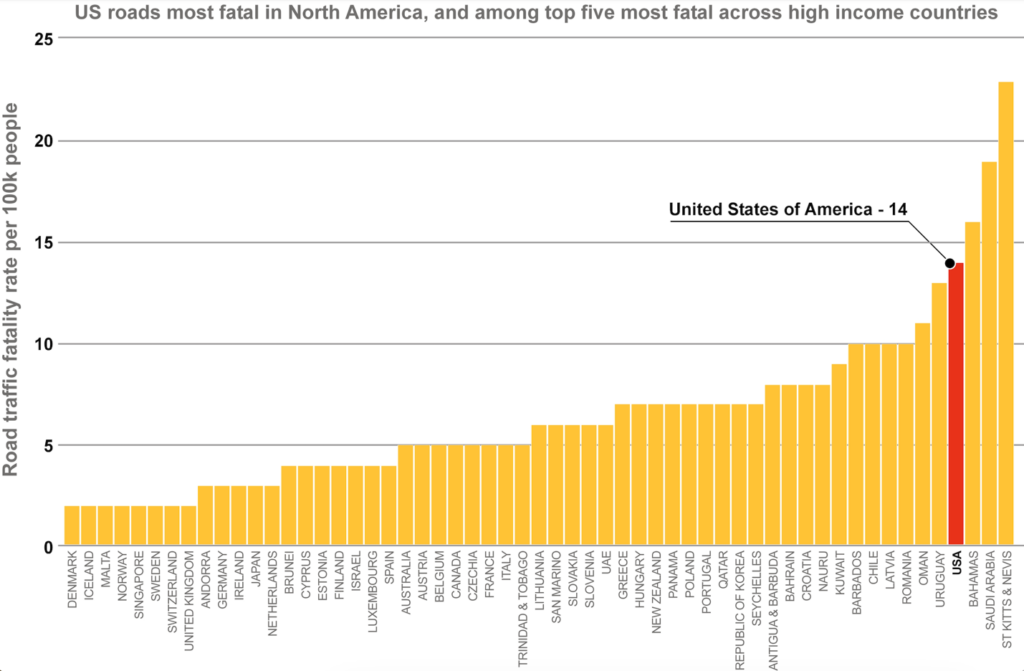
Admittedly, our patchwork of conflicting state laws poses particular challenges. As a country, we fail to meet any of the World Health Organization’s best practices: urban speed limit of 30mph with local authority power to modify; .05 BAC; motorcycle helmet law; mandatory seat-belt use, and a child restraint law. There is no excuse—just ask the families and friends of the 44,000 people who die on our roads annually.
But there is hope: DOT adopted an international best practice to save lives on roads, the safe systems approach. The approach is credited with countries achieving the lowest fatality rates and the greatest reduction in fatality levels over the past 20 years. As a trendsetter, the US can be a catalyst for all countries to adopt safe systems, saving over a million lives annually. What can we learn from countries that have gone first in adopting safe systems?
1. Don’t ask us to slow down, force us to slow down
We have to slow down. High speeds divide our communities, standing in the way of equity. International best practice shows that to save lives, we must cap speeds at 20mph where vulnerable road users and vehicles mix. This cut the fatality rate in half in Fortaleza, Brazil, and by 25 percent in Bogota, Colombia. Over fifty countries allow cities to control their own speed limits. Most of these countries are high-income, yet the US is notably absent among its peers with only a select few cities, like Washington, DC, Seattle, WA, and Minneapolis, MN, controlling their own speeds. New York City recently joined them with Sammy’s Law, named for 12-year-old Sammy Cohen Eckstein, killed by a speeding driver steps from his Brooklyn home.
While speed limits are a start, they are not enough. Our wide, American roads lure drivers into a false sense of safety and invite us to speed. In addition to addressing street design, we can help drivers slow down through Intelligent Speed Assist (ISA), in-vehicle technology that prevents speeding. The European Union is mandating ISA in all new vehicles this year, because it works. When Transport for London equipped its fleet with ISA, speeding violations dropped 62 percent. Thanks to advocacy from Transportation Alternatives and Families for Safe Streets, ISA is coming to the US. The Washington, DC Council passed and funded its first ISA mandate for recidivist speeding drivers, and advocacy efforts are underway in New York to follow suit. California is poised to pass a bill that will require ISA in all new vehicles.
2. Start with youth, as crashes are the #1 cause of preventable death for ages 4-21
Speed management can be controversial, particularly in an election year. Scale up safe systems by starting with the most acceptable, and necessary place – schools. In Tunisia, Vietnam, Moldova, Mexico, and Zambia, what started as a small pilot grew into a national school zone law. These countries offer three lessons: 1) Start small, 2) Complement speed limits with infrastructure, and 3) 20 mph is the way to go, proven to save lives around the world.
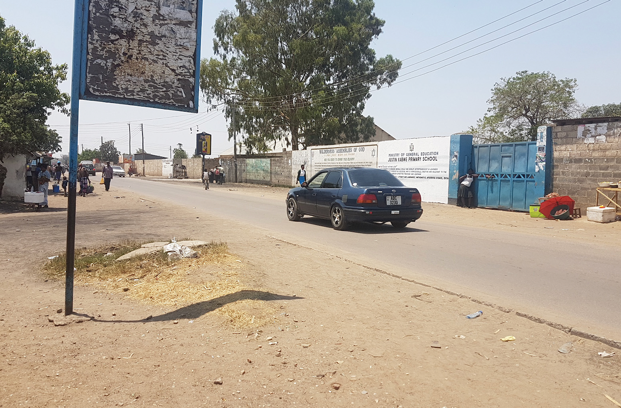
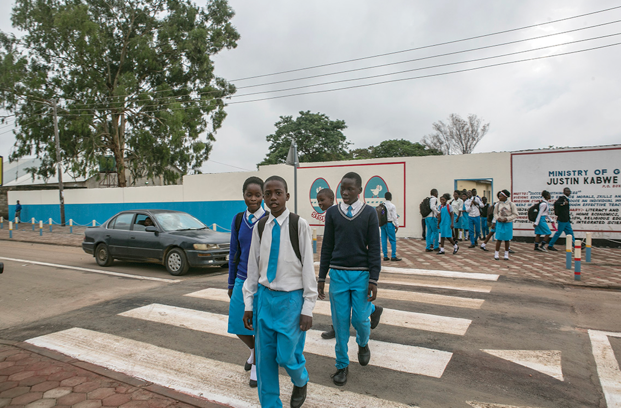
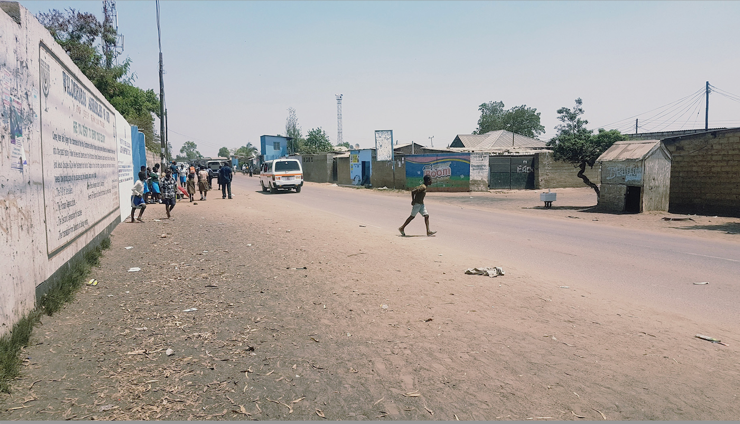
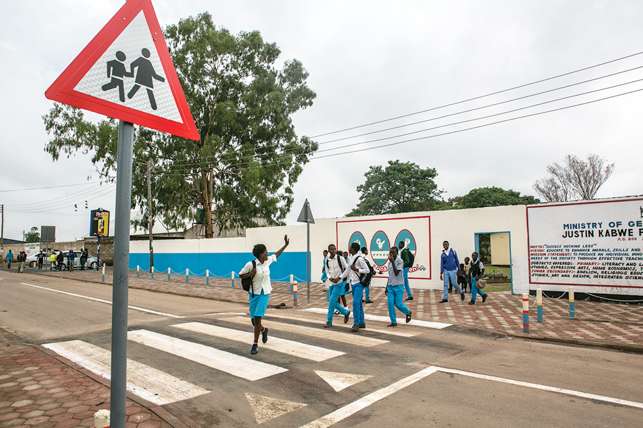
Before & After: Speed limits do not suffice to slow down drivers. The US can learn from low-cost, quick-build safe systems interventions that guide safe behavior around African schools, proven by the CDC to reduce injuries. Source: AMEND and FIA Foundation.
Change doesn’t have to be expensive. In Puebla de Zaragoza, Mexico, ITDP used CDC’s free Traffic Conflict Technique Toolkit to identify risky areas, and redesign infrastructure to prioritize pedestrians over cars. Bollards extended curbs and shortened crossing distances, and flower pots separated road users from vehicles. ITDP translated the toolkit to fit the Latin American context, and found that near misses around schools went down 69 percent among 9,000 students, for $10,000 of infrastructure.
Moldova’s national law began with a pilot at three schools in Chisinau. EASST helped lower speed limits, implement low-cost traffic calming measures, and involve local school children. In Africa, the nonprofit organization Amend implements signs, sidewalks, and speed humps for about $25,000 per school. CDC found that in Tanzania, this reduced injury rates by 26 percent. In Zambia, Amend led road safety efforts at two public schools, re-shaping streets, creating space for pedestrians, and reducing vehicle speeds. A citywide, then nationwide 20mph school speed zone law followed.
3. Harness the power of fleets & the private sector
The private sector has a critical role to play in implementing safe systems, quickly and at scale. One USDOT Ally in Action, the Index, helps organizations realize safety benefits and incentives. The Index supports organizations in assessing and improving safety throughout their entire supply and/or value chain, assigning a star rating to promote safety leadership to stakeholders. The first of its kind, it enables transparency in an organization’s safety footprint, akin to a carbon footprint. The Index has been adopted by IKEA, TotalEnergies, Autoliv, the Swedish Transport Administration and FIA Clubs in France and Uruguay. It is time for US-based organizations to follow.
As a major purchaser of fleets, the private sector can also help fix the fact that the US doesn’t meet basic UN vehicle safety regulations. With massive buying power, and almost 20 percent of new vehicle sales in the US, fleets can put us on the right track. The Global NCAP Fleet Buying Guide provides recommendations that comply with UN safety standards.
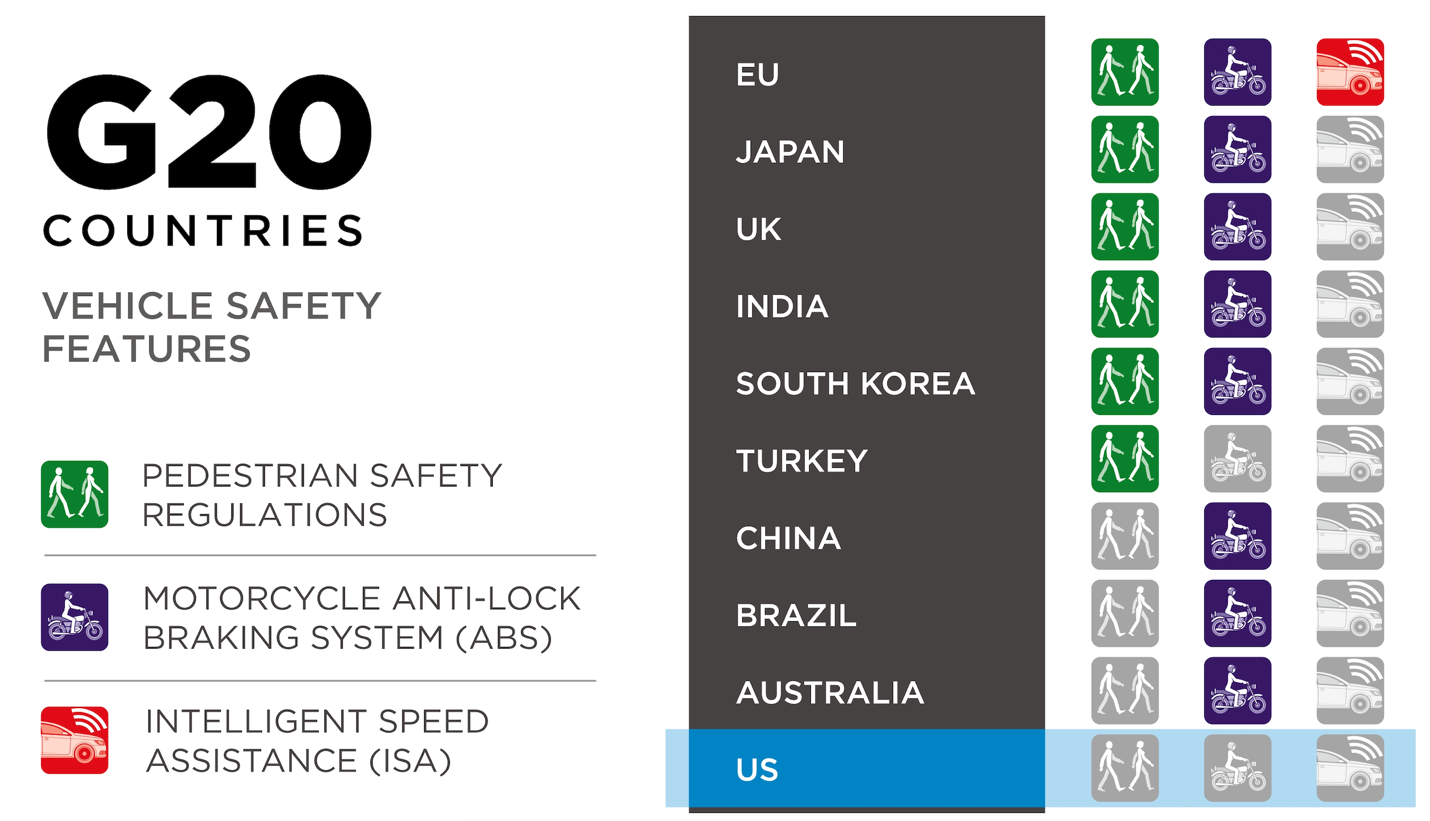
In the EU, fleets have helped scale drunk driving prevention technology. There, voluntary, fleet-based adoption of ignition interlocks in buses and coaches led to an EU mandate for ignition interlock capacity in all new vehicles. The US can leapfrog the EU. New technology from the Driver Alcohol Detection System for Safety (DADSS) is now available for fleets as a directed-breath, zero tolerance system that is non-intrusive, fast, and requires little-to-no maintenance. Widespread deployment of a completely passive system in consumer vehicles could follow in all new passenger vehicles through the rulemaking process currently being undertaken by the US Department of Transportation. If widely adopted in consumer vehicles, this could significantly reduce the more than 10,000 people who die each year in the US because of drunk driving.
Prioritizing safer vehicles today saves lives for decades to come. We use our vehicles for about 20 years before sending them to low- and middle-income countries, where 90 percent of deaths and injuries on roads occur. Advancing safety in the US puts a dent in the global public health crisis of 1.2 million deaths on roads.
In the meantime, we have work to do at home. We are at a crossroads where the value of human lives must be prioritized over the status quo. By embracing the principles of safe systems and learning from others, we can transform our streets into not only havens of safety, but places to thrive. The tools to forge this change—from Intelligent Speed Assist to 20 mph school zones and private sector engagement—are not just effective, they are a testament to what can be achieved with collective will and concerted action. It is time for the US to shift gears from being a laggard to a leader in road safety, not just for the benefit of our own citizens but as a beacon for global health and safety. The lives we save today will be the legacy we leave for generations to come.